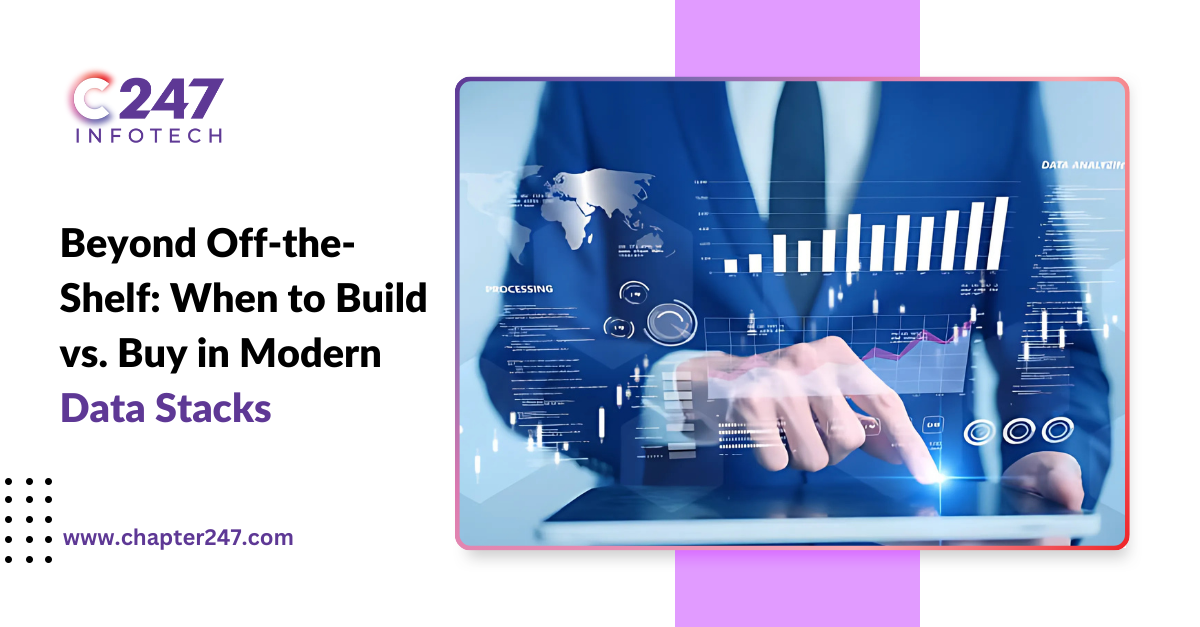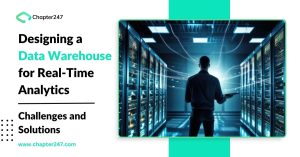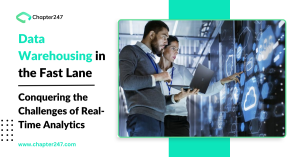In the current digital environment, organisations rely on data to make informed business decisions. A fundamental organisational decision concerns whether data infrastructure creation should be undertaken within an organisation or purchased from external vendors. Organisations need to examine various elements that affect their decision to build or purchase a data framework.
Understanding the Basics Of Data Stack
A data stack contains all the tools and technologies that gather, process, and analyse data. When organisations choose to develop home-made tools, they create data infrastructure that enhances their specific business requirements. Acquisition of pre-made solutions through vendors constitutes the buying process, which companies use to integrate existing systems.
The Case for Building Data Stack
The design of custom data stacks gives organisations full system authority. Businesses can create information management systems that exactly match their professional operations and business goals. Organisations with specific needs that standard software products cannot address can benefit from this method.
Building data systems requires substantial commitments of expert staff and expenditure of both time and financial resources. The company must handle all maintenance procedures and updates that result in prolonged operational demands.
The Case for Buying Data Stack
Access to reliable data stack solutions is available immediately after purchasing a data stack solution from a vendor. These solutions aim to provide both technical assistance and automatic system updates, in addition to adjusting for growing needs.
Organisations pursuing rapid data solution implementation without development projects usually find buying products to be their preferred choice. The purchased data stack solutions provide a tested set of tools; however, companies may need to adjust their existing processes to utilise these tools effectively.
Evaluating the Decision
A business enterprise must compare numerous key factors earlier than finding out whether or not to increase its information device or buy an current one. The following points will get hold of an understandable explanation.
- Cost: Cost is the primary problem for most selection-makers. Initial charges for gadget development run excessive earlier than you begin. Business operations require hiring skilled employees, acquiring necessary gear, and dedicating spending to addressing preservation needs whilst equipment fails or calls for updates. The price of acquisition appears more beneficial with monthly or every year charge structures. The non-stop payments will accumulate into great amounts over the years.
- Time: Time is some other massive aspect. Instant task implementation happens thru buying due to the fact the procedure takes less time than growing your solution. The improvement technique for growing a machine, from inception, generally spans several months or extends up to at least one full yr. Products purchased from providers already arrive with immediately usage capabilities.
- Expertise: Expertise additionally plays a role. In-house production calls for using team of workers contributors who’re informed in developing the era. Businesses often conflict to discover certified specialists who can maintain excessive requirements at competitive costs. By making a purchase, you gain get right of entry to to the vendor’s information, in addition to their expert provider crew.
- Scalability: The potential of a gadget to expand in keeping with commercial enterprise growth defines its scalability component. The process of designing an expandable system requires thorough planning as the development length will become longer. Standard software programs gear allow your business to grow in tandem with its boom, thereby saving valuable time.
- Customisation: Building permits you overall manipulation of requirements which might be unique on your commercial enterprise desires. Choose to purchase, and your capacity to regulate and alter the device is probably restricted.
Real-World Considerations
By creating their own MDS system, organisations can boost their capability to detect fraud, strengthen their logistics operations, gather consumer understanding, and perform artificial intelligence-based personalisation.
AI-driven customization
AI personalisation becomes feasible for companies through their implementation of the MDS framework. MDS helps organisations deliver tailored experiences that benefit multiple platforms, including Saas applications, electronic merchandising platforms, and streaming services. Data scientists enhance content delivery networks by leveraging scalable Databricks analytics and recommendation engines, utilising real-time Apache Spark processing to inform customer preferences.
Risk management and fraud detection
The MDS platform assists financial companies, as well as e-commerce platforms, in detecting data breaches and identifying fraudulent activities. Through the combination of machine learning models with APIS and Amazon Redshift services, organisations can automatically identify fraudulent transactions.
Hybrid Approaches
Other companies merge both buying approaches by implementing a mixed strategy. The company starts with commercial-off-the-shelf products, then creates personalised extension modules to fulfil business documentation requirements. By following this approach, organisations gain advantages from creating their own solutions and acquiring software from others.
Conclusion
Organisations base their choices between developing and acquiring their data stack on factors that include size, type, and resources, as well as goals and individual specifications. Businesses achieve effective data management by evaluating all factors to select a framework that best supports their objectives and goals. Chapter247 can assist you in developing a simple digital solution from your information system.






